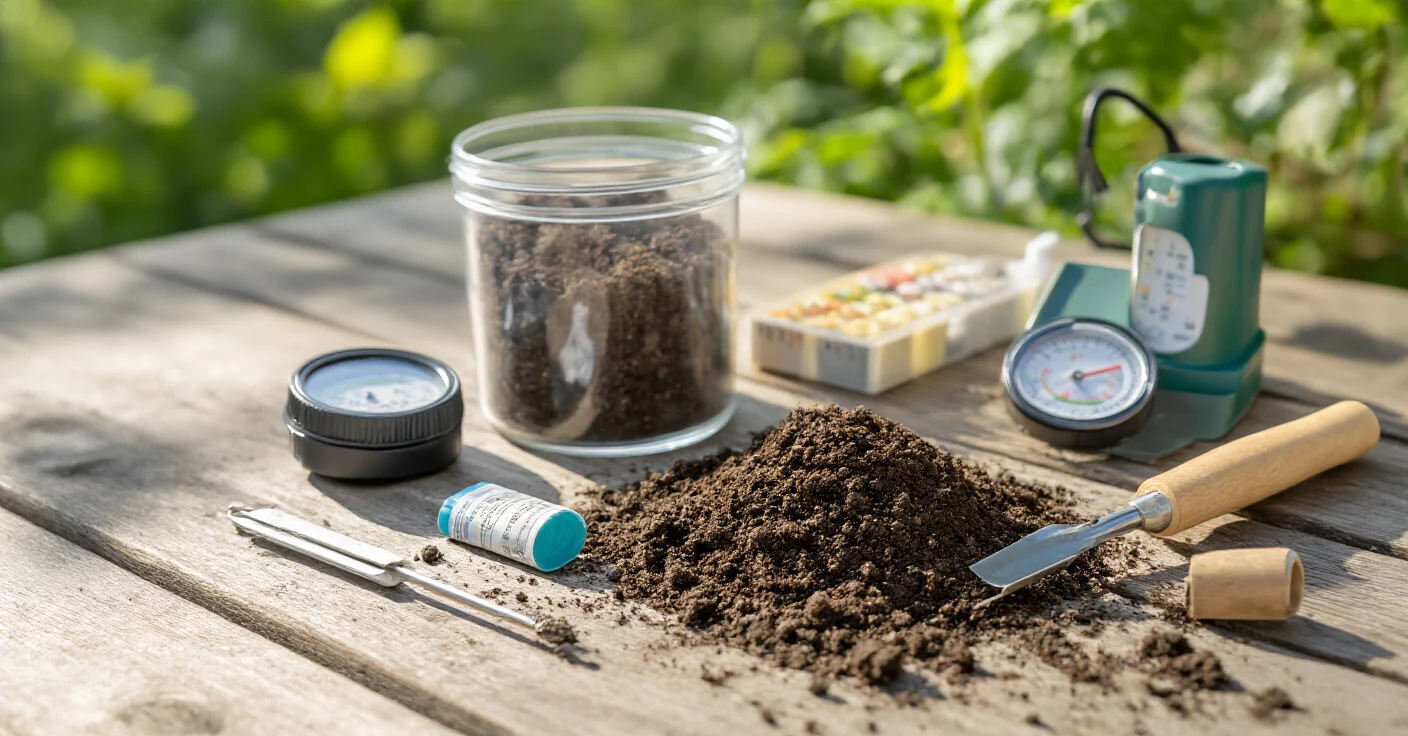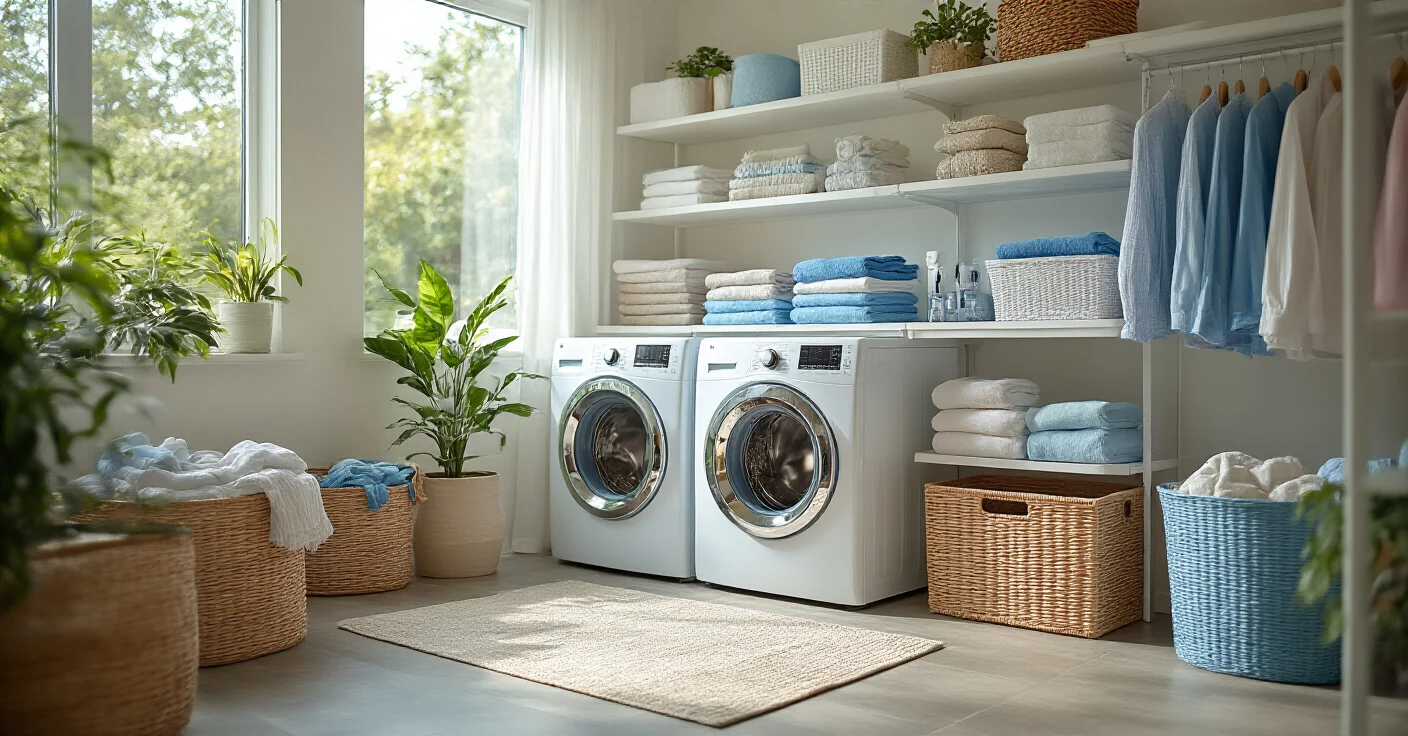Picture this: You’re standing in your client’s stunning new kitchen. Every finish is perfect, the layout is brilliant, and the indoor lighting I designed makes the whole space feel like a magazine cover. Then, they open the glass doors to the backyard and… nothing. A sad, dark patch of grass and a lonely patio chair. It’s a void. They have this incredible asset—an entire outdoor room—and at night, it completely disappears.
That’s the problem. We obsess over our indoor spaces but treat our lawn and garden like an afterthought. But the truth is, with the right lawn and garden ideas, your outdoor area can become just as intentional and livable as your kitchen or living room. A well-designed landscape isn’t just about mowing and pulling weeds. It’s about creating an outdoor living experience. It’s another room of your house, just without a ceiling.
And like any room, it needs a solid foundation, thoughtful “furniture” (plants and structures), and, of course, the magic of garden lighting to bring it to life. Whether you’re aiming for lush and modern or prefer the simplicity of a Wabi Sabi Interior Design, the key is designing your exterior space with purpose and creativity. Forget the generic advice. Here’s how you actually build an outdoor space that’s as thoughtfully designed as the rest of your home.
Laying the Foundation: Planning & Smart Preparation
Everyone wants to jump to the fun stuff—picking flowers and fire pits. But just like you can’t install a beautiful chandelier on a crumbling ceiling, you can’t build a great backyard garden on a poor foundation. Getting these initial steps right saves you time, money, and frustration. This is the unglamorous work that makes all the glamorous stuff possible.
1. Analyze Soil Composition for Optimal Plant Growth
You know what people always ask me? “Caleb, what plants should I get?” And my answer is always, “I have no idea until you know what’s in your soil.” Trying to design a garden without a soil test is like trying to cook a gourmet meal blindfolded. A simple test is the single most important, most-often-skipped step in any garden project. It’s the blueprint for everything else.
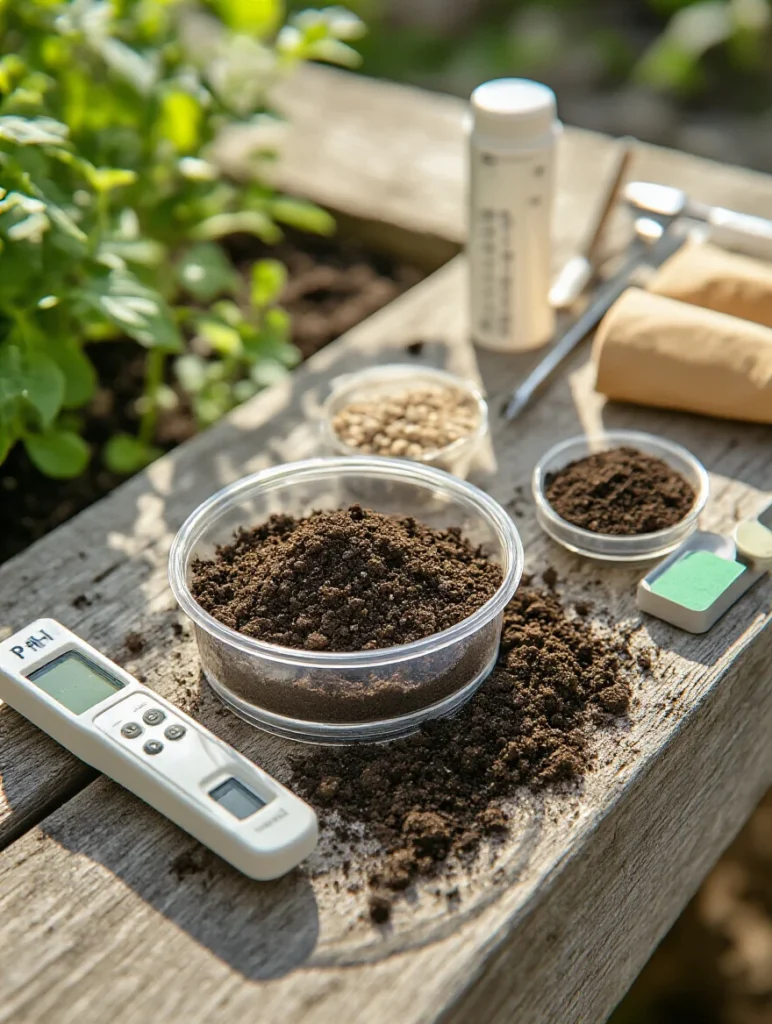
Garden Tip: Don’t just guess. Get a soil test kit from a local university extension or a reputable lab. It will tell you exactly what you have and need to add to boost your lawn and garden health.
2. Determine Sun Exposure Zones for Smart Plant Placement
Light is everything in outdoor design. And in the garden, the sun is your only bulb. One of the most common garden design mistakes is putting sun-loving plants in full shade. It’s a waste of time and money.

Spend one sunny day mapping your garden landscape and noting where the sun hits. You’ll uncover full sun, partial shade, and deep shade zones. Once you do, choosing the right plants becomes easy, efficient, and sustainable.
3. Design a Cohesive Layout with Integrated Hardscape Elements
Floating patios or disconnected slabs don’t work. Every good landscape design needs strong “bones.” Hardscape elements—paths, patios, retaining walls—define the structure of your outdoor garden room.
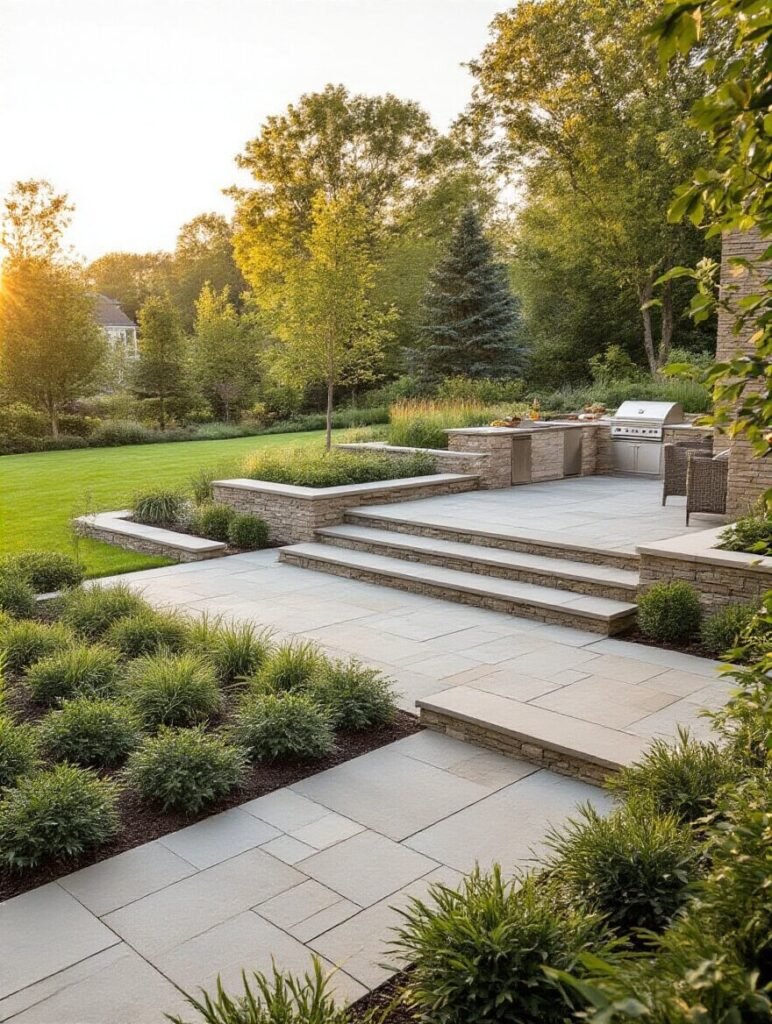
Your patio should feel like an extension of your house, not a separate island. Use materials that match your home exterior and plan around focal points. It’s about flow, form, and function. That’s what turns a bland backyard into a beautifully designed lawn and garden retreat.
4. Select Drought-Tolerant Plants to Conserve Water Usage
Forget the lush English garden unless you live in England. Smart garden landscaping embraces local climate conditions. Choose drought-tolerant plants like ornamental grasses, sages, and succulents that thrive in your zone.
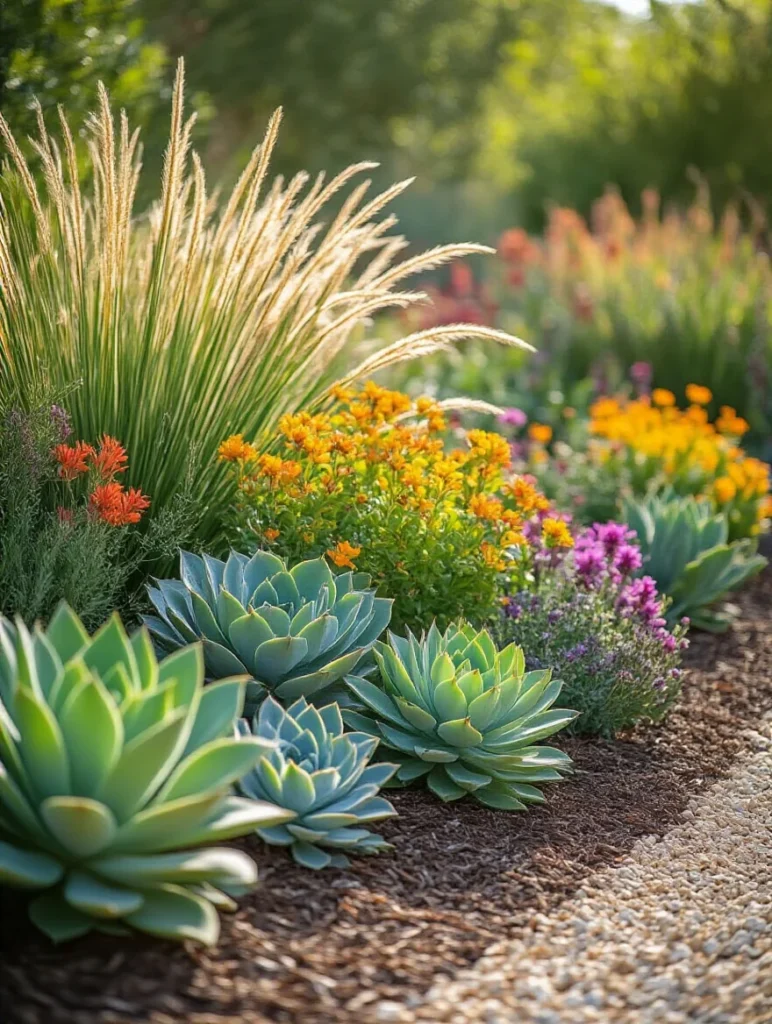
Not only will your garden lawn look gorgeous, but you’ll also save on water bills and maintenance. Native, climate-appropriate planting is key to sustainable outdoor living.
5. Map Out Efficient Irrigation Zones for Targeted Watering
Stop wasting water with inefficient sprinklers. Use hydrozoning to group plants with similar water needs. Implement drip irrigation and micro-spray systems that deliver moisture directly to the roots.
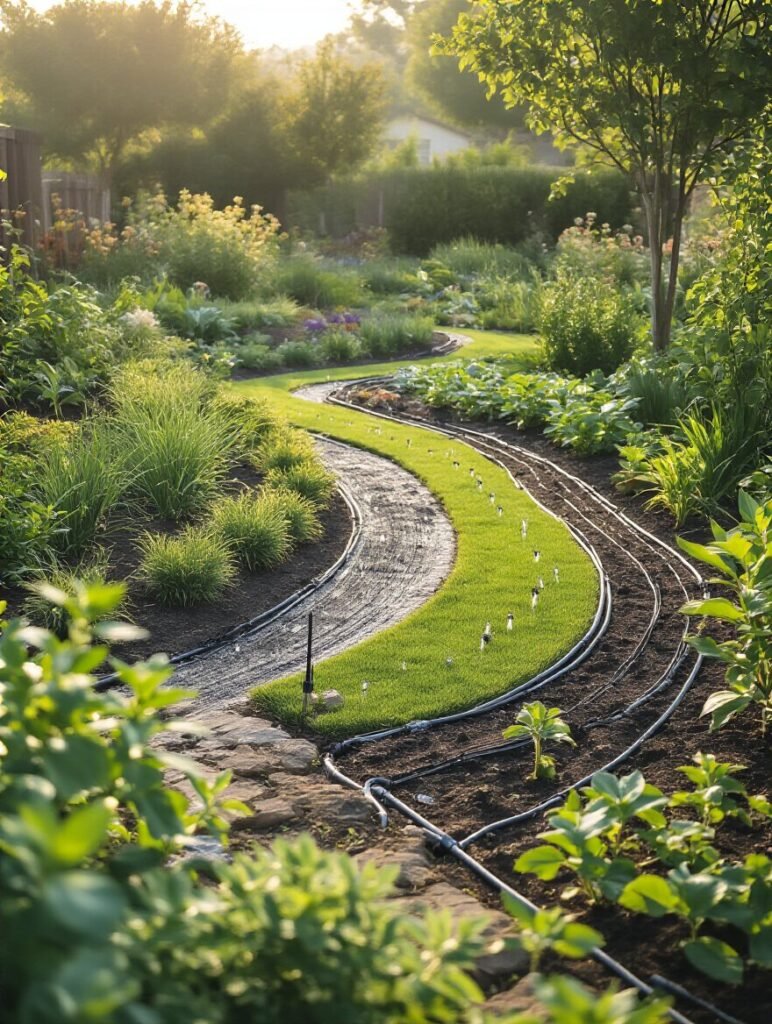
It’s an environmentally responsible way to maintain your garden beds, conserve resources, and ensure plant health.
Cultivation Excellence: Smart Planting & Techniques For Lawn And Garden Ideas
Now that your foundation is set, let’s dig into the strategies that elevate your lawn and garden design from good to exceptional.
6. Practice Companion Planting for Enhanced Plant Protection
Some plants are allies. Marigolds repel pests from tomatoes. Basil deters hornworms. Garlic keeps aphids away from roses. This organic gardening method reduces the need for chemicals and enhances biodiversity.
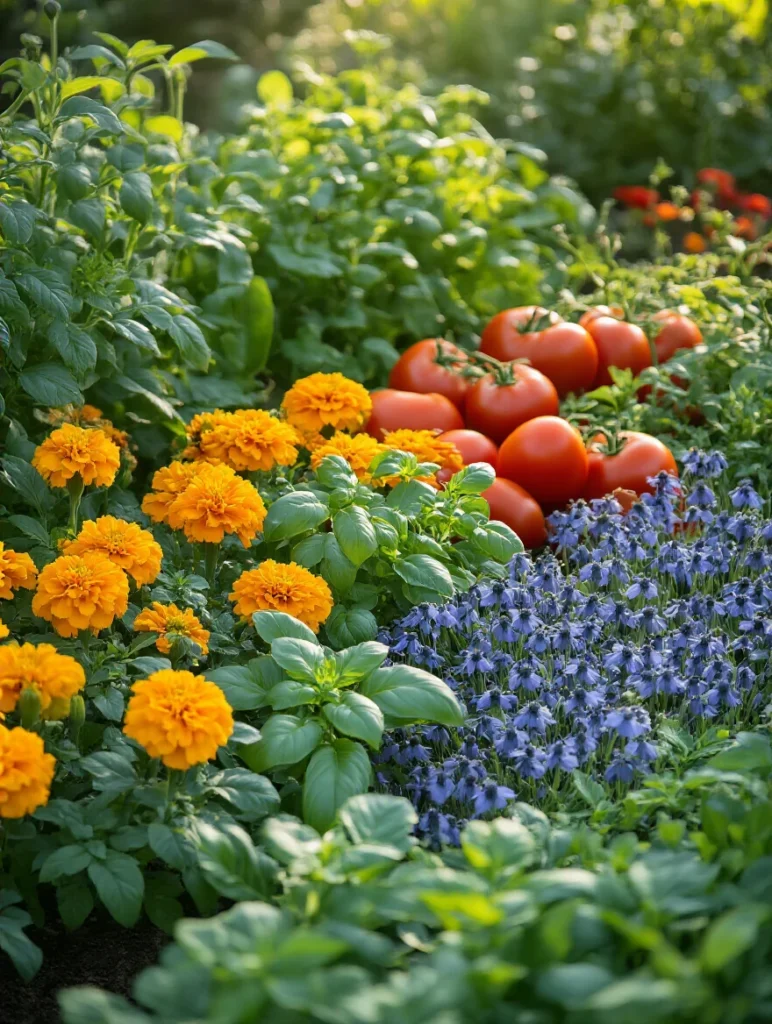
7. Improve Soil Health by Integrating Nutrient-Rich Composting
Healthy soil equals a healthy garden. Composting transforms kitchen scraps and yard waste into nutrient-rich “black gold.” Skip synthetic fertilizers and build your soil’s natural ecosystem instead.
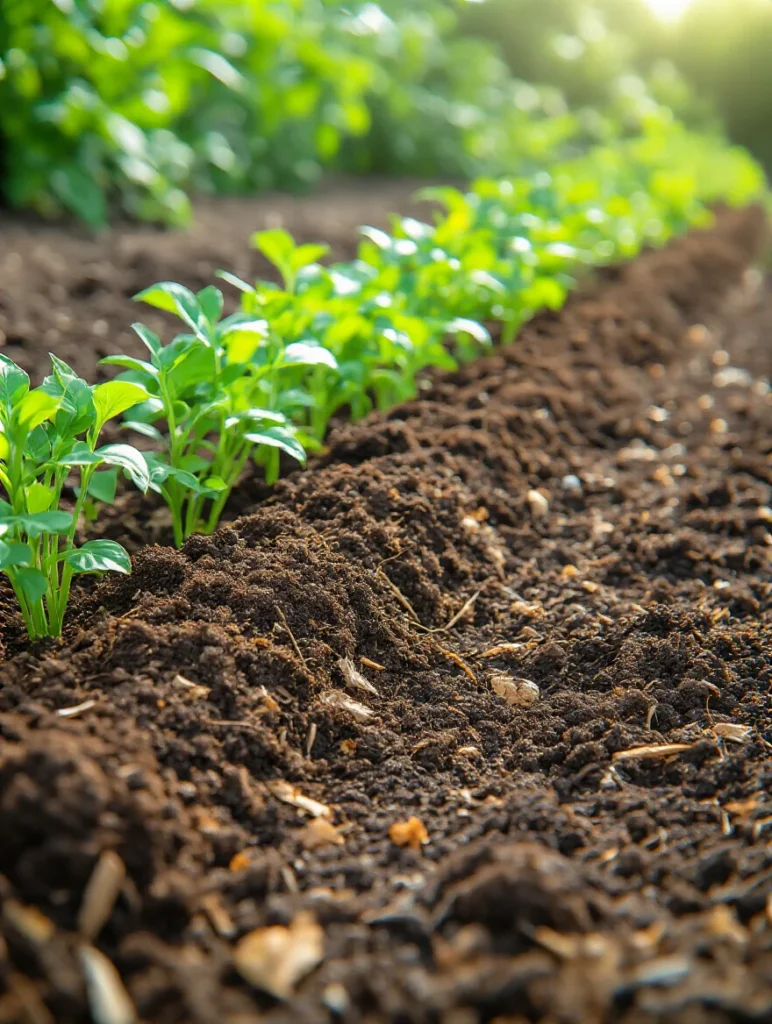
This step is non-negotiable for any thriving garden landscape.
8. Choose Regional Native Plants to Attract Local Pollinators
Forget big-box flowers that offer no real nutrition to bees or butterflies. Native plants are perfectly suited for your region’s pollinators, creating a thriving garden ecosystem right in your backyard.
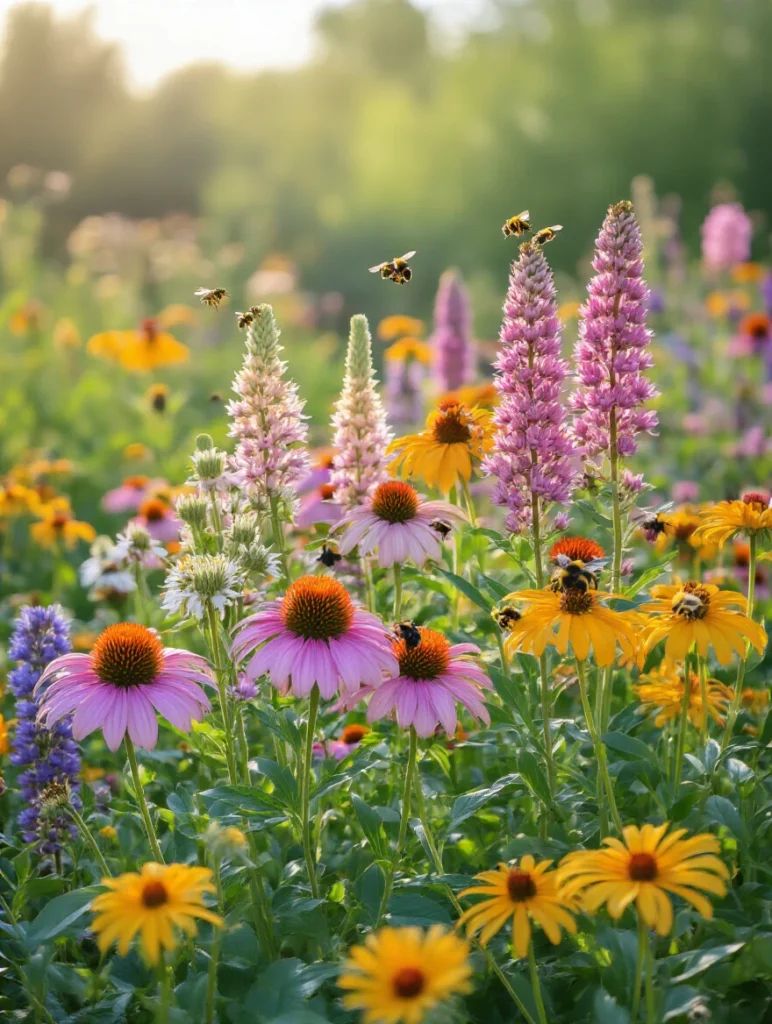
Use the Native Plant Finder by the National Wildlife Federation to find species that support local biodiversity.
9. Install Elevated Garden Beds for Improved Drainage Solutions
Raised beds are a great solution for poor soil conditions. You control the mix, improve drainage, and reduce compaction. Perfect for growing vegetables or delicate plants in any lawn and garden ideas.
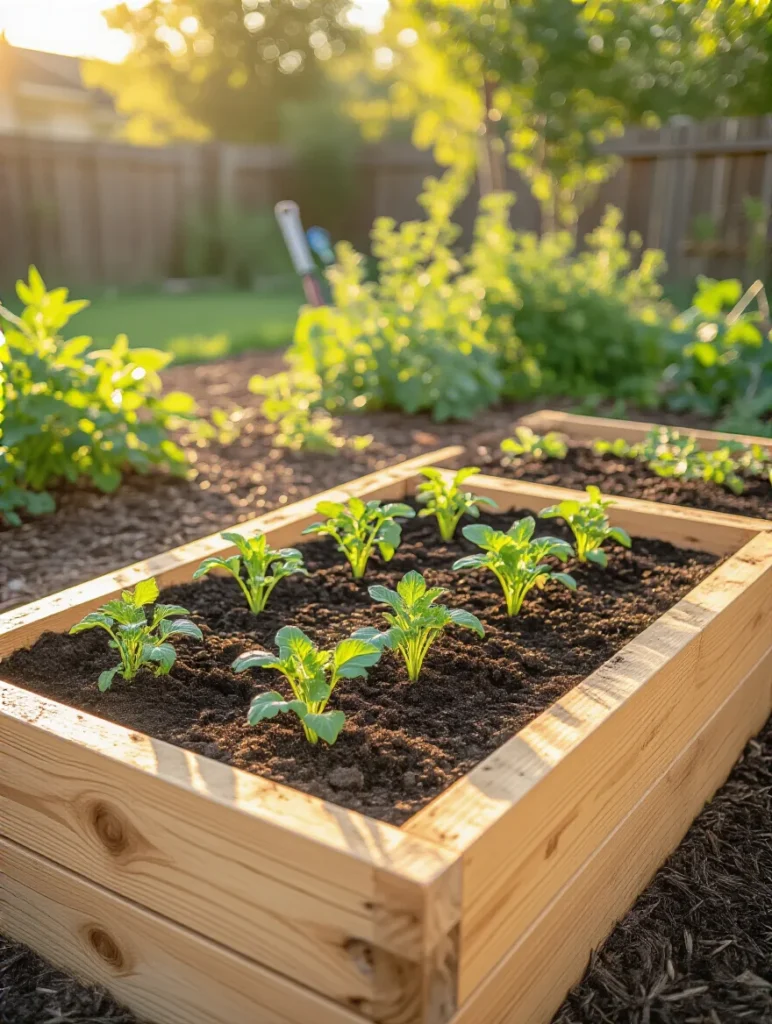
10. Implement Vertical Gardening Solutions for Maximizing Small Spaces
Tight on space? Vertical gardening transforms walls and fences into lush growing zones. Use stacked planters, trellises, or vertical pockets to expand your garden upwards, not just outwards.
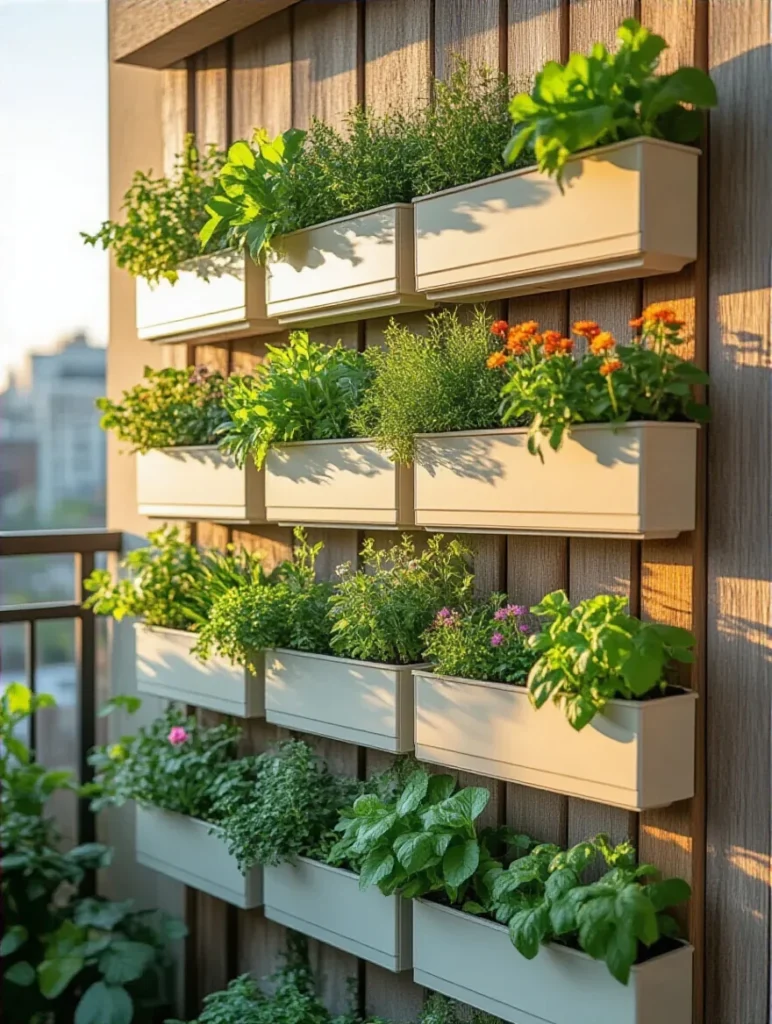
Ideal for small patios, urban gardens, or balcony green spaces.
11. Adopt No-Dig Gardening Methods for Healthier Soil Ecology
No-dig gardening preserves soil structure, protects microbial life, and drastically reduces weed growth. Simply layer cardboard and compost on your garden surface and plant directly into it.

It’s fast, effective, and eco-friendly—a game-changer for modern lawn and garden care.
Elevating Aesthetics & Biodiversity Through Design
It’s time to create visual harmony and living beauty across your landscape.
12. Add Decorative Border Edging for Visually Defined Garden Zones
Good edges define great design. Use metal, stone, or brick borders to keep mulch in, lawn out, and maintenance low. It instantly upgrades the appearance of any garden bed.
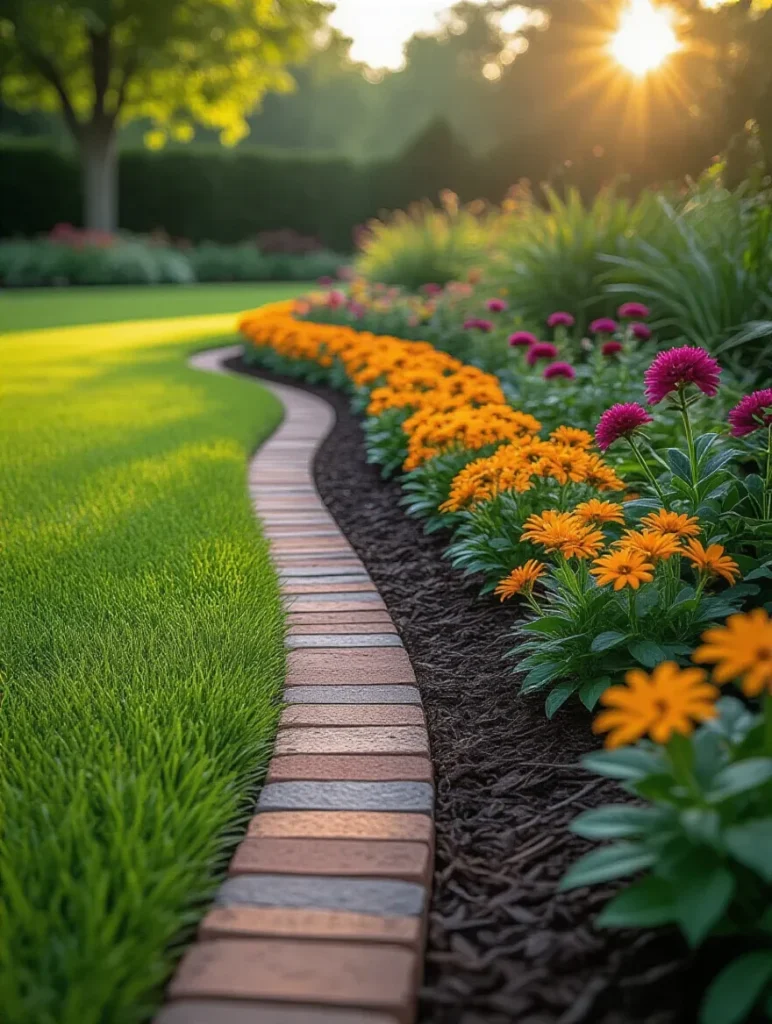
13. Cultivate Pollinator-Friendly Flower Patches to Boost Local Ecosystems
Attract hummingbirds, bees, and butterflies by planting flower clusters with staggered bloom times. Native flowers planted in drifts are more attractive and beneficial than random scatterings.

This adds life, color, and vibrancy to your lawn and garden.
14. Build a Calming Water Feature Attracting Desirable Garden Wildlife
A small pond, birdbath, or bubbling urn doesn’t just add beauty—it invites wildlife and soothes with sound. Water reflects light and introduces movement, creating a multi-sensory outdoor garden experience.

15. Design Functional Pathways for Accessible Garden Navigation
Paths are the hallways of your outdoor garden room. Use gravel, wood, or stone materials to lead visitors through your space. Curve paths to invite exploration and enhance accessibility for all ages.
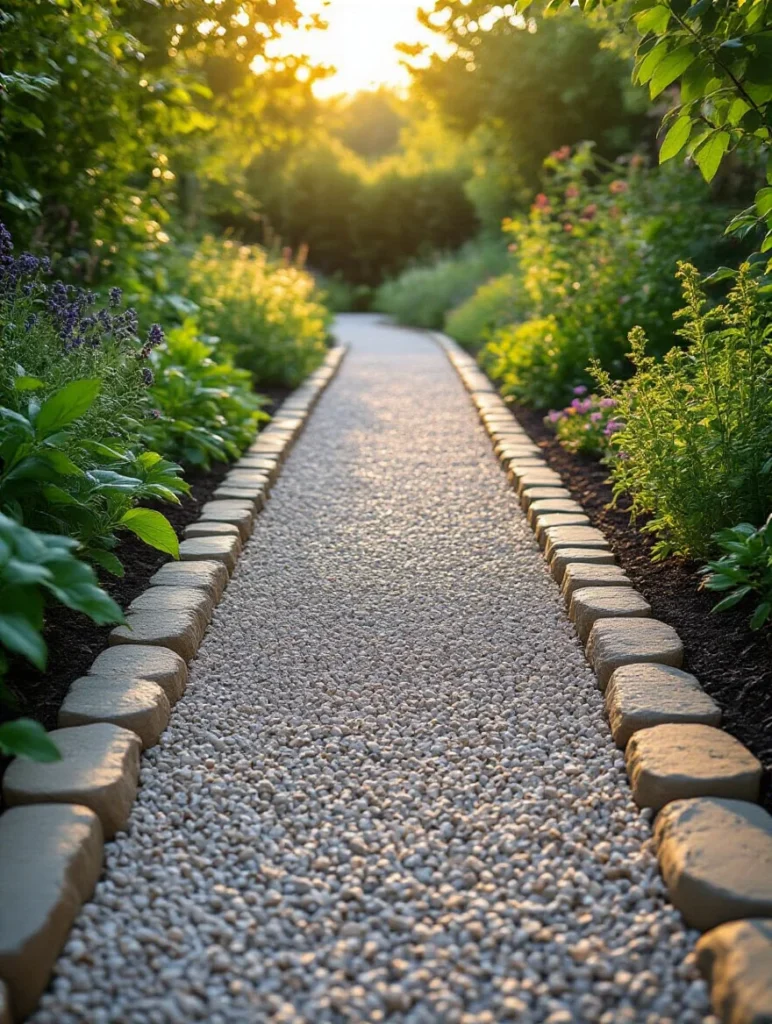
16. Integrate Strategic Outdoor Lighting for Evening Garden Ambiance
Bad lighting ruins great spaces. Use layered lighting:
- Ambient: String lights and wash lights
- Task: Steps and grill zones
- Accent: Uplighting on trees or garden sculptures
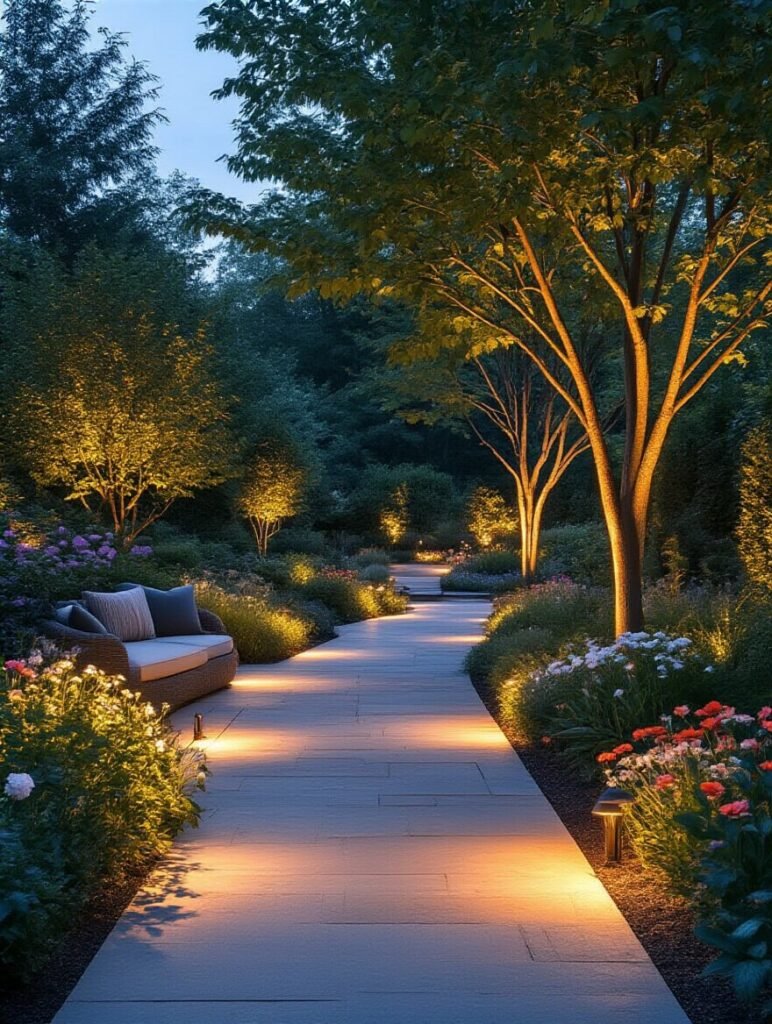
This transforms your backyard lawn and garden ideas into an enchanting nighttime retreat.
17. Create a Dedicated Butterfly Garden with Specific Nectar Plants
Support the full butterfly lifecycle by planting both nectar and host plants like milkweed and parsley. It’s more than just aesthetics—it’s environmental stewardship through smart lawn and garden ideas of planting.
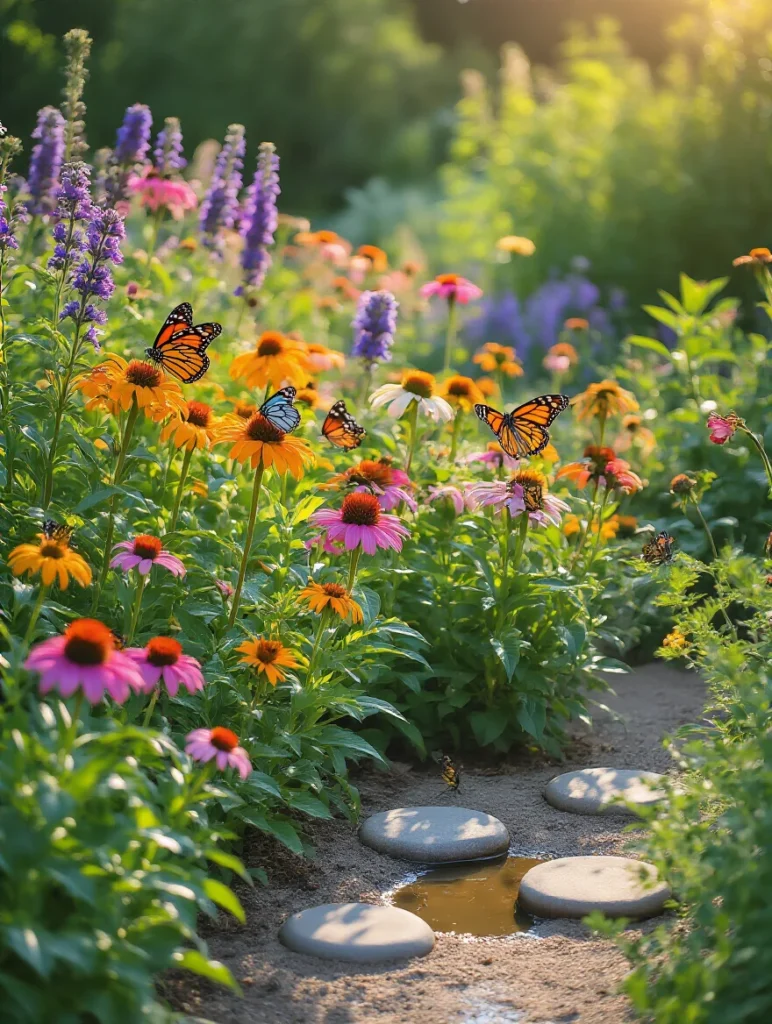
Sustainable Care & Long-Term Garden Maintenance
The final stretch: Keep your garden landscaping beautiful year-round with smart maintenance practices
18. Employ Natural Pest Control Methods for Chemical-Free Gardens
Encourage predatory insects, spray pests with water, and handpick when necessary. Healthy, diverse lawn and garden ideas of ecosystems manage themselves when left balanced.
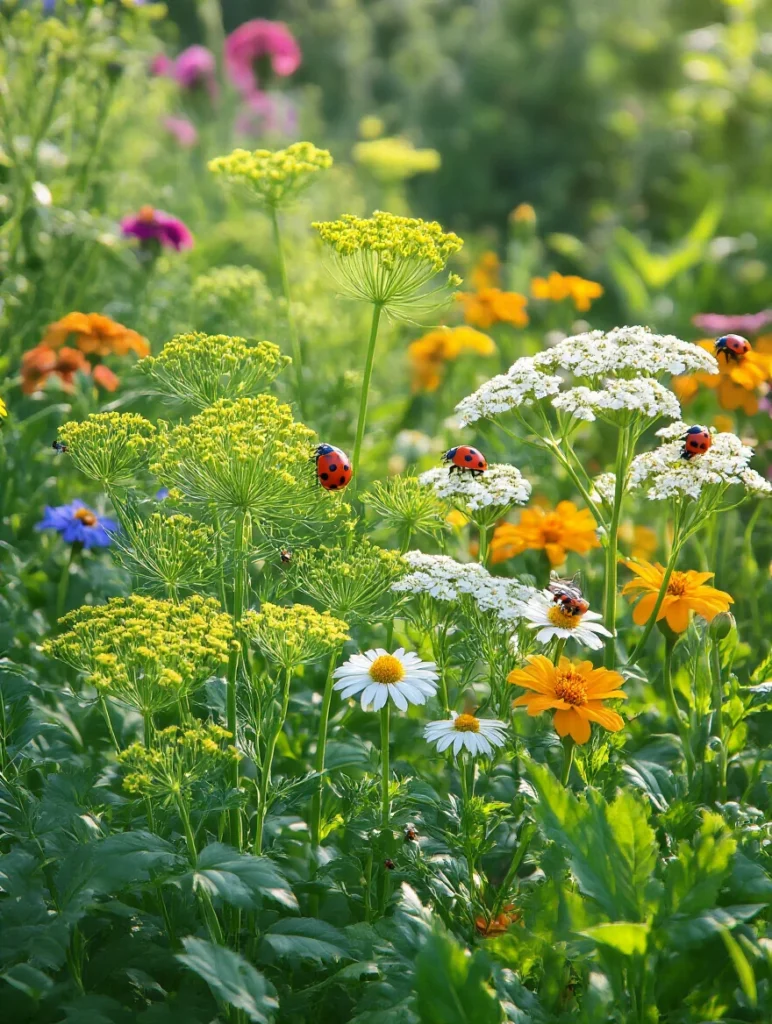
19. Harvest Rainwater Efficiently for Sustainable Garden Irrigation
Install a rain barrel. Rainwater is free, chemical-free, and perfect for your garden. It’s also a great way to promote eco-conscious landscape design.
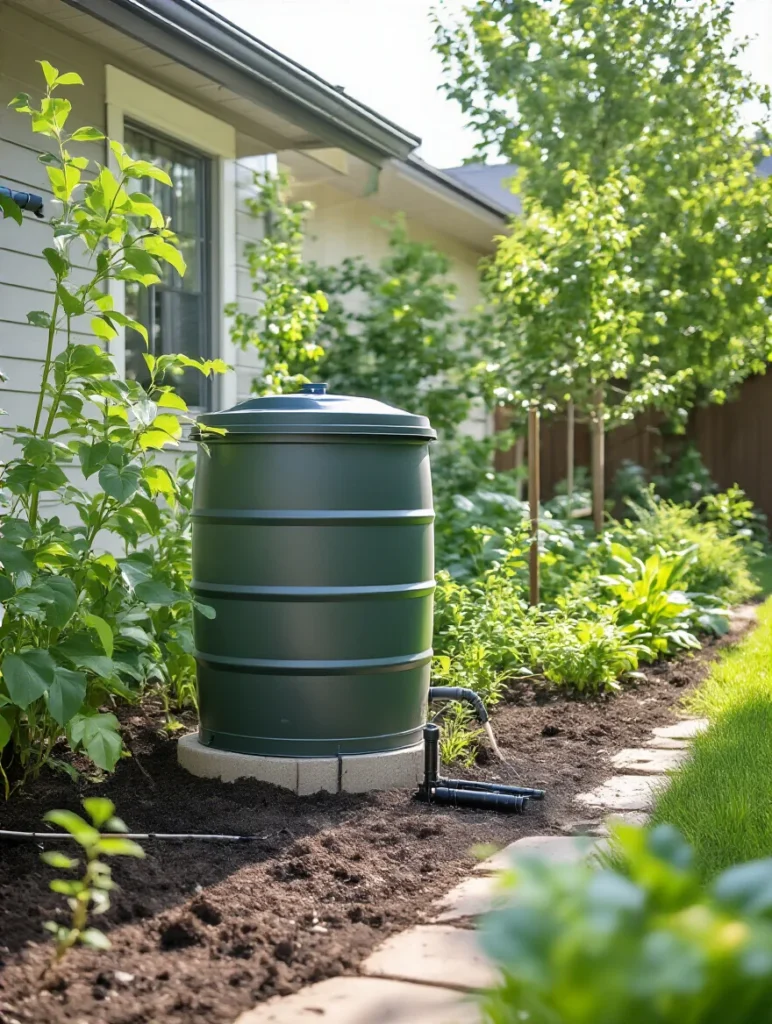
20. Mow Your Lawn at Ideal Height for Stronger Root Systems
Raise your mower deck. Taller grass leads to deeper roots and better drought resistance. It also suppresses weeds and retains moisture, making for a healthier lawn and garden ideas landscape.
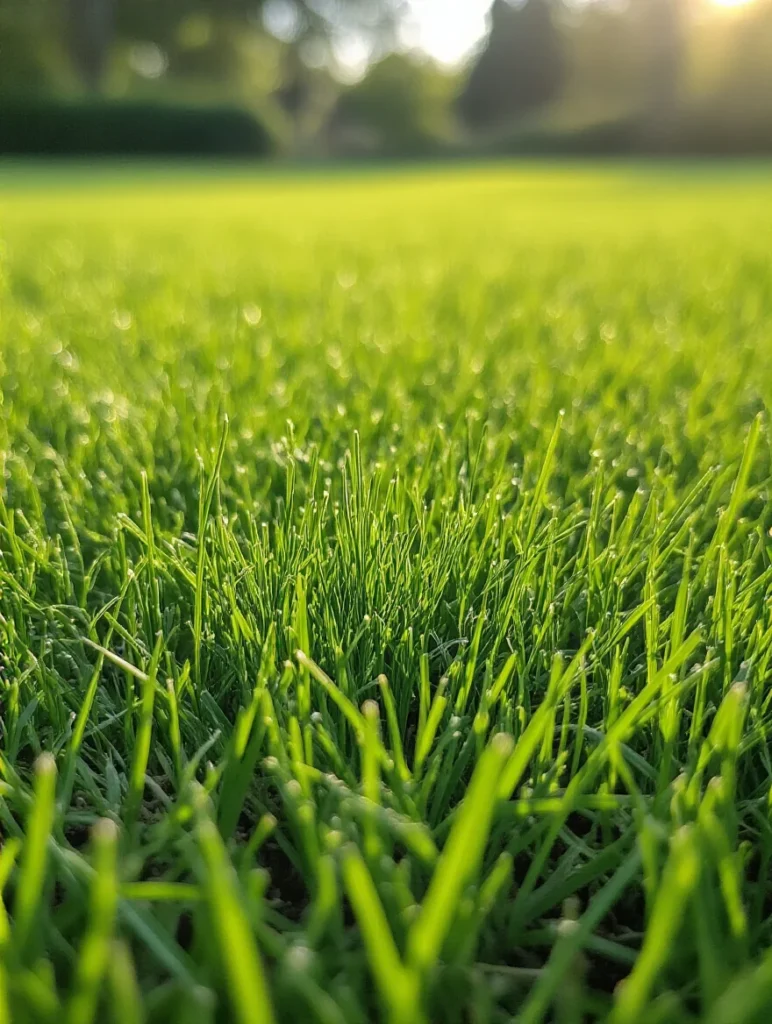
21. Master Pruning Techniques for Healthier Plant Structure and Blooms
Focus on the “3 Ds”: Dead, Diseased, or Damaged branches. Open up the plant for better air circulation and light. It’s a simple step that leads to more blooms and better plant health in your garden beds.
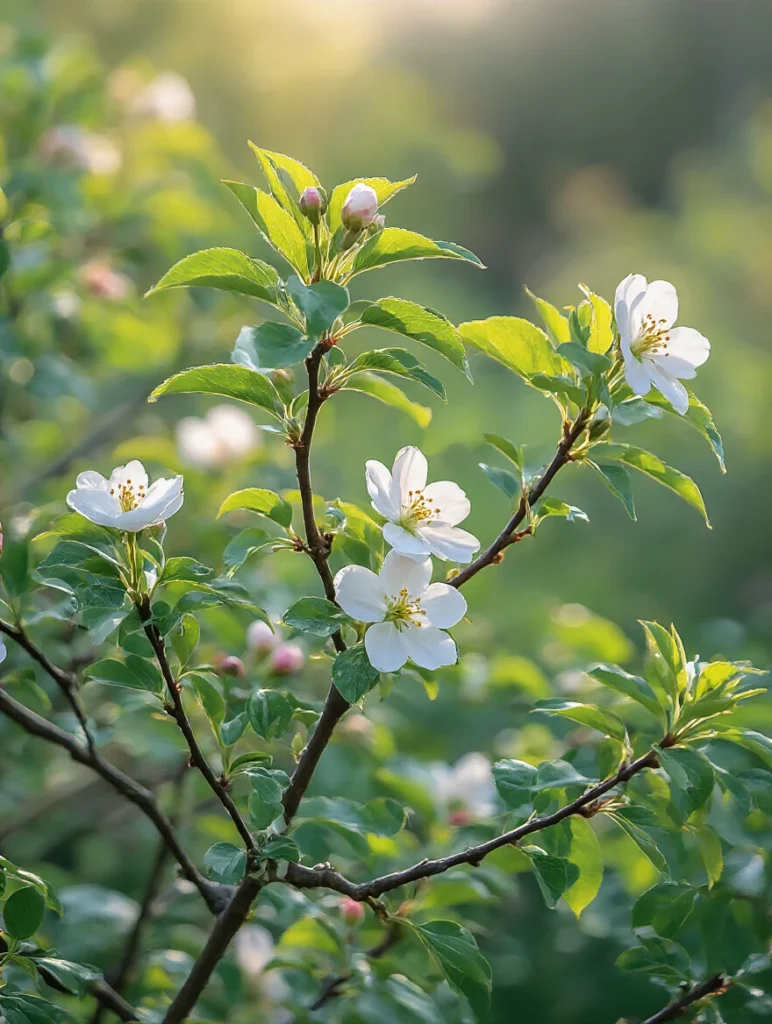
22. Perform Regular Lawn Aeration for Improved Nutrient Absorption
Aerate annually to relieve compaction and allow nutrients, water, and air to penetrate deeply. It’s essential for thick, lush, resilient lawn and garden ideas of growthing.

Conclusion: Cultivate Your Dream Outdoor Space
Your lawn and garden isn’t a mystery—it’s a design project. From rich compost and sun mapping to vertical gardening and water features, every piece works in harmony.
Don’t tackle all 22 ideas at once. Pick one. Test your soil. Map the sun. Add a raised bed. Every small action builds on the last, turning your space into a sanctuary.
You’re not just planting flowers. You’re crafting an experience—a space to live, unwind, and reconnect with nature. You’re creating the most beautiful room of your home.

